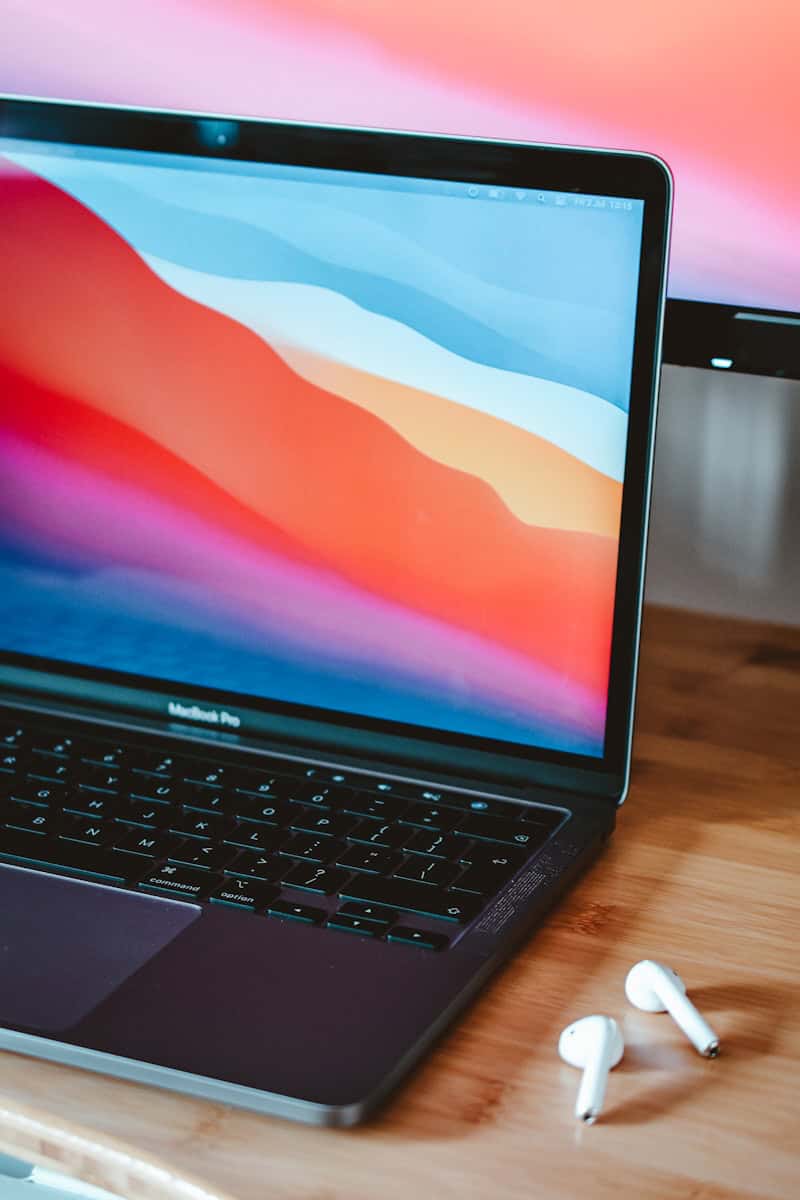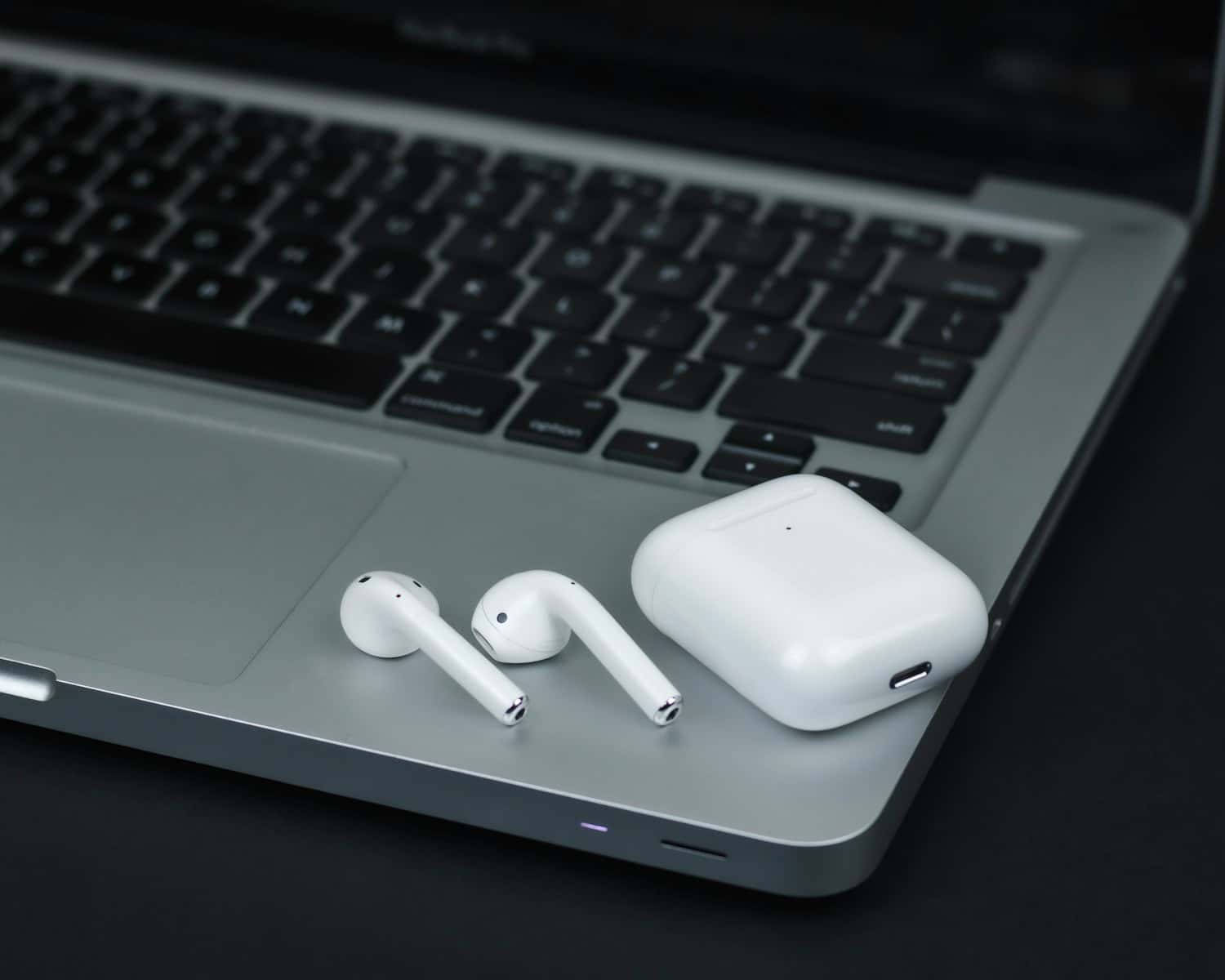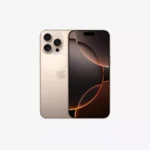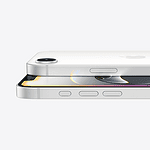To connect your AirPods to your laptop and enjoy wireless audio, you need to use Bluetooth technology, just like you do with your iPhone or iPad. Getting this set up should be hassle-free, but it depends on your laptop’s Bluetooth capabilities. Make sure your laptop’s Bluetooth is turned on and set to discoverable mode. Then, put your AirPods in their charging case and initiate the pairing mode to connect them to your laptop. Once connected, subsequent pairings will be easier, as the devices will remember each other. Whether you’re using a Windows PC or a Mac, these steps will help you enjoy your favorite music, podcasts, and videos in no time.
Your Guide to Seamless Sound
Pairing Your AirPods
- Charge your AirPods: Ensure your AirPods have enough charge. Place them in their case and connect the case to a power source.
- Open Bluetooth settings: On your laptop, open the Bluetooth settings. You can usually find it in the system tray (bottom right corner of the screen) or in the settings menu.
- Put AirPods in pairing mode: Open the AirPods case with the AirPods inside. Press and hold the setup button on the back of the case until the status light flashes white.
- Select your AirPods: In your laptop’s Bluetooth settings, look for “AirPods” or a similar name in the list of available devices. Click on it to connect.
Troubleshooting Connection Issues
- Check Bluetooth: Ensure Bluetooth is enabled on your laptop.
- Restart devices: Restart both your laptop and your AirPods.
- Forget and re-pair: If the connection is still not working, try “forgetting” the AirPods from your laptop’s Bluetooth settings and then re-pairing them.
- Update drivers: Make sure your laptop’s Bluetooth drivers are up to date.

Optimizing Your AirPods Experience
- Adjust settings: Customize the AirPods settings (e.g., double-tap controls, automatic ear detection) in your laptop’s Bluetooth settings or through the AirPods settings app if available.
- Check for firmware updates: Keep your AirPods firmware up to date for optimal performance.
- Clean your AirPods: Regularly clean your AirPods to ensure good sound quality and a comfortable fit.
| Operating System | How to Find Bluetooth Settings |
|---|---|
| Windows | System Tray (bottom right corner) or Settings > Devices > Bluetooth & other devices |
| macOS | Apple menu > System Preferences > Bluetooth or Control Center (top right corner) |
Key Takeaways
- AirPods connect to laptops using the built-in Bluetooth feature.
- The laptop must be set to discoverable for successful AirPod connection.
- Initial pairing requires placing AirPods in pairing mode and selecting them from the laptop’s Bluetooth list.
Preparing Your Laptop for Connection
Connecting your AirPods to a laptop involves a few key steps to ensure a smooth pairing process. This section will guide you through the preparation phase, detailing how to ready your laptop for a successful connection with your AirPods.
Enabling Bluetooth on Your Laptop
First, turn on the Bluetooth feature on your laptop. For Windows 10 and 11, you can access this by clicking the Bluetooth icon on the taskbar or by going to Settings > Devices > Bluetooth & Other Devices. On a Mac, click the Bluetooth symbol in the menu bar, or go through System Preferences.
Checking AirPods Compatibility
Ensure that your laptop supports Bluetooth 4.0 or higher to be compatible with AirPods, AirPods Pro, and AirPods Max. For best performance, your laptop’s operating system should be up-to-date, whether it’s Windows, macOS, or another.
Troubleshooting Common Issues
If Bluetooth won’t turn on, restarting your laptop might help. Check if the Bluetooth driver is updated in the Device Manager on a Windows PC or under System Preferences > Bluetooth on a Mac. Sometimes you might need an external Bluetooth dongle if your laptop’s Bluetooth functionality is not adequate.
Additional Considerations Before Pairing
Close any apps that might interfere with the audio output. Also, make sure that no other Bluetooth devices are connected that could compete with the AirPods connection.
Placing AirPods in Pairing Mode
Put your AirPods in their charging case with the lid open. Then, hold the setup button on the case until the status light flashes white, indicating that your AirPods are in pairing mode.
Understanding Bluetooth Pairing Principles
Bluetooth creates a wireless link between devices. For a successful connection, ensure that the devices are close to each other and that there is minimal interference from other electronic devices.
Locating the Bluetooth Settings on Different Operating Systems
For Windows 10 and 11, use the Action Center or Settings app. On macOS, use System Preferences. Both systems feature a list of available devices once Bluetooth is enabled. Select your AirPods from this list to connect.
Connecting and Using AirPods with Your Laptop
Pairing AirPods with your laptop makes it simple to enjoy audio whether you’re listening to music or on a video call. Both Windows and Mac users can easily connect their AirPods following specific steps.
Pairing AirPods to Windows Laptops
To pair AirPods with a Windows laptop, first ensure Bluetooth is active. For Windows 10 and 11, go to Settings then Devices and select Bluetooth & other devices. Click Add Bluetooth or other device and choose Bluetooth. Open the AirPods case and press the pairing button until the white light flashes. Choose your AirPods from the device list to connect.
Pairing AirPods to MacBooks
AirPods connect to MacBooks with ease. Open System Preferences then select Bluetooth. Make sure Bluetooth is on, then open your AirPods case near the MacBook and press the pairing button. Once they appear on the list, hit Connect. If you’re signed in to iCloud, AirPods will automatically pair with other Apple devices using the same account.
Managing Audio Output and Microphone Settings
Once connected, manage audio and mic settings from Sound settings on a Windows laptop or the Sound preference pane on Mac. Here, you can choose AirPods as your input and output device, ensuring sound and voice are transmitted through your headphones.
Interacting with Your AirPods While Connected
Once the AirPods are connected, interactions like pause and play can be done directly through touch controls. For AirPods Pro and AirPods Max, noise control modes can be switched by pressing the noise control button.
Using AirPods with Non-Apple Devices
AirPods also work with non-Apple devices. To connect, open Bluetooth settings on the device and put your AirPods in pairing mode. They can pair with PCs and Android phones this way.
Maximizing AirPods Features on Your Laptop
Get the most from your AirPods by using all their features. On Mac, access features like Siri through the menu bar or the touch pad on the AirPods. For Zoom calls, make sure your AirPods are selected as the audio device for both speaker and microphone.







